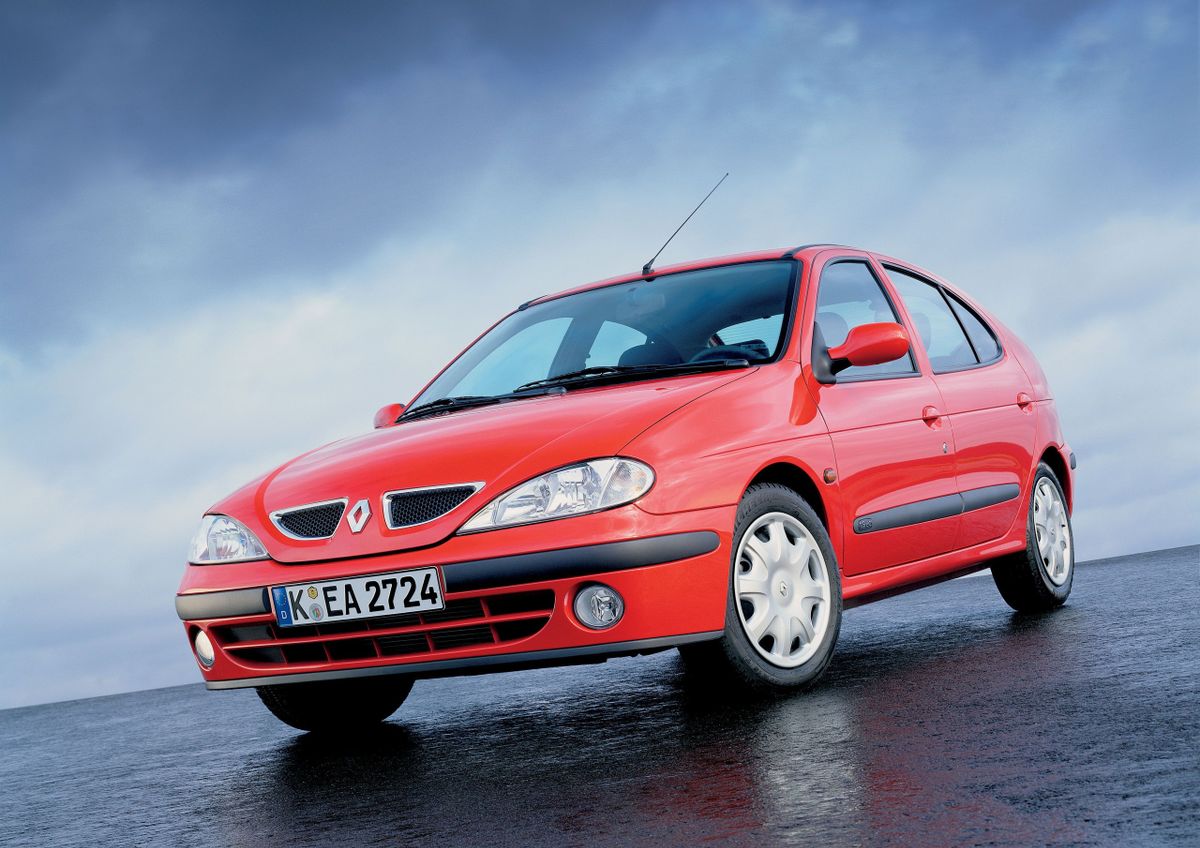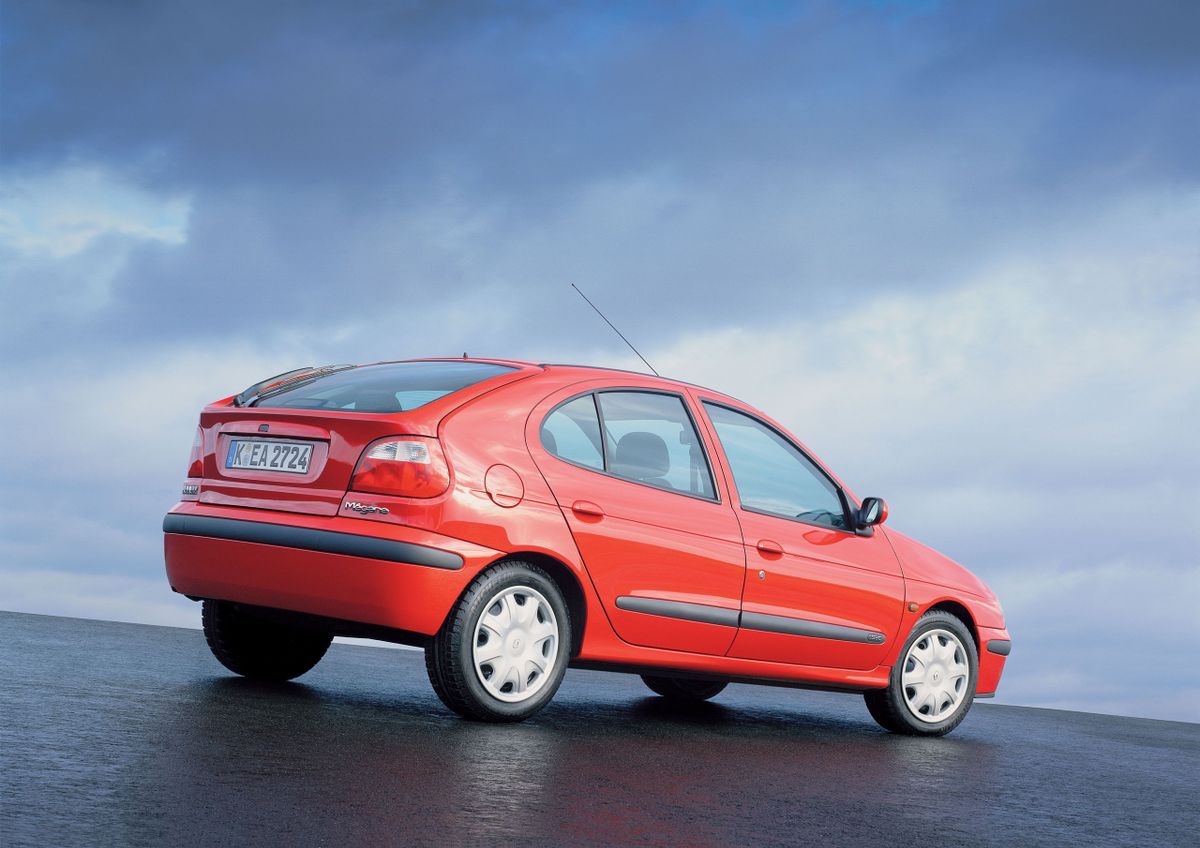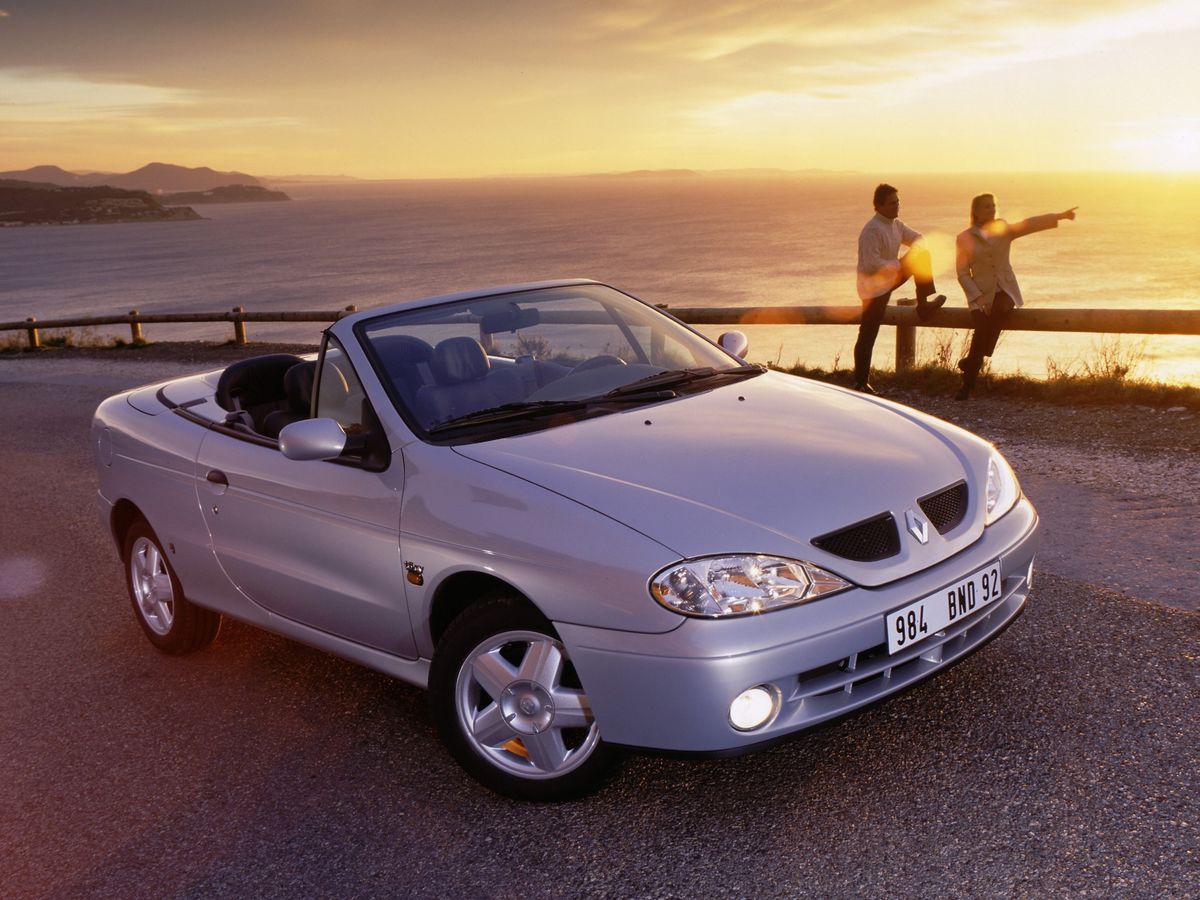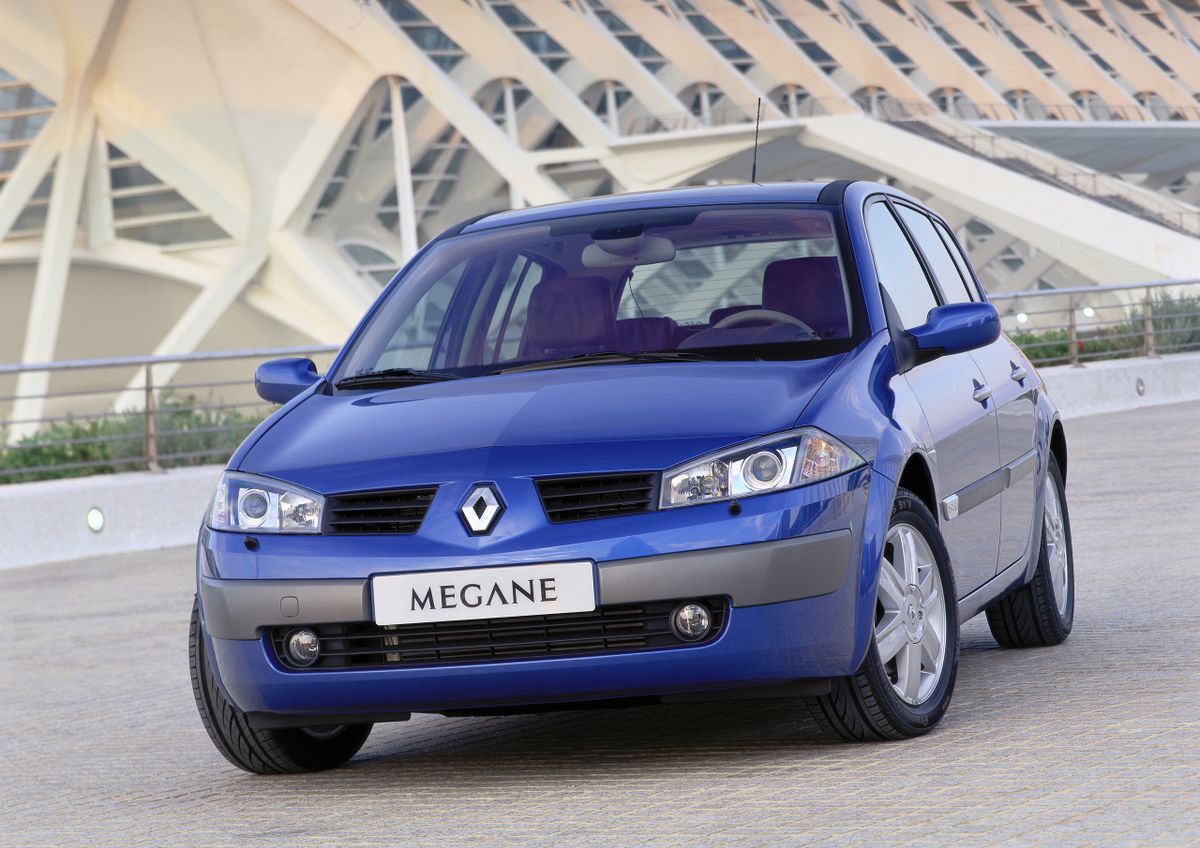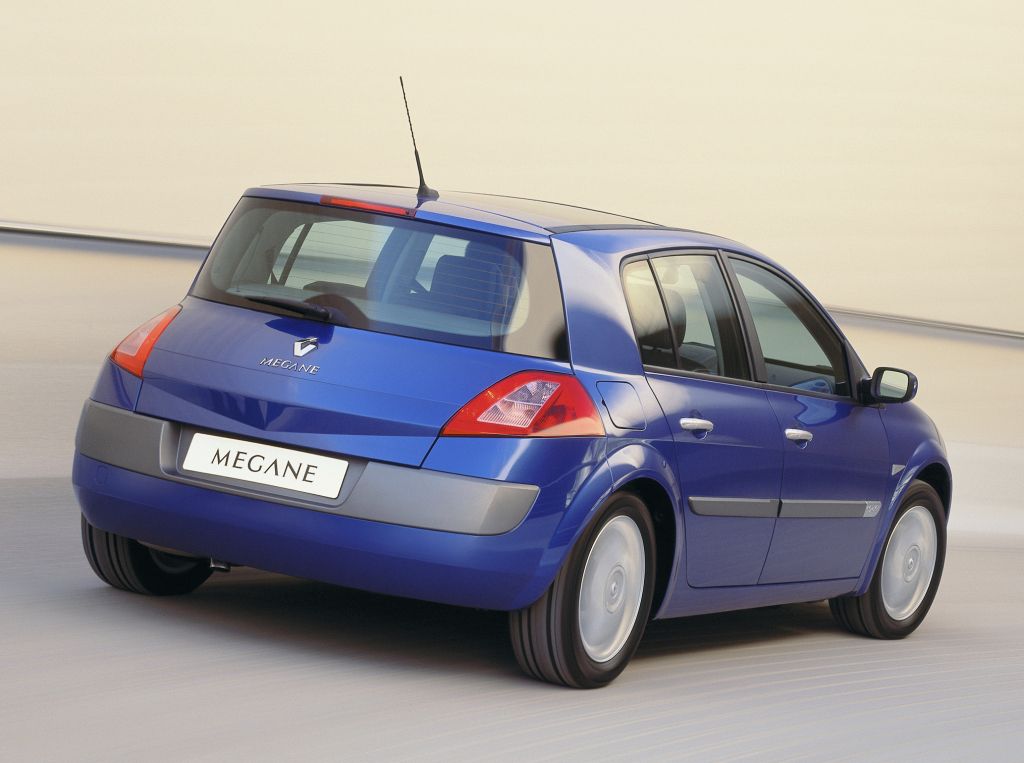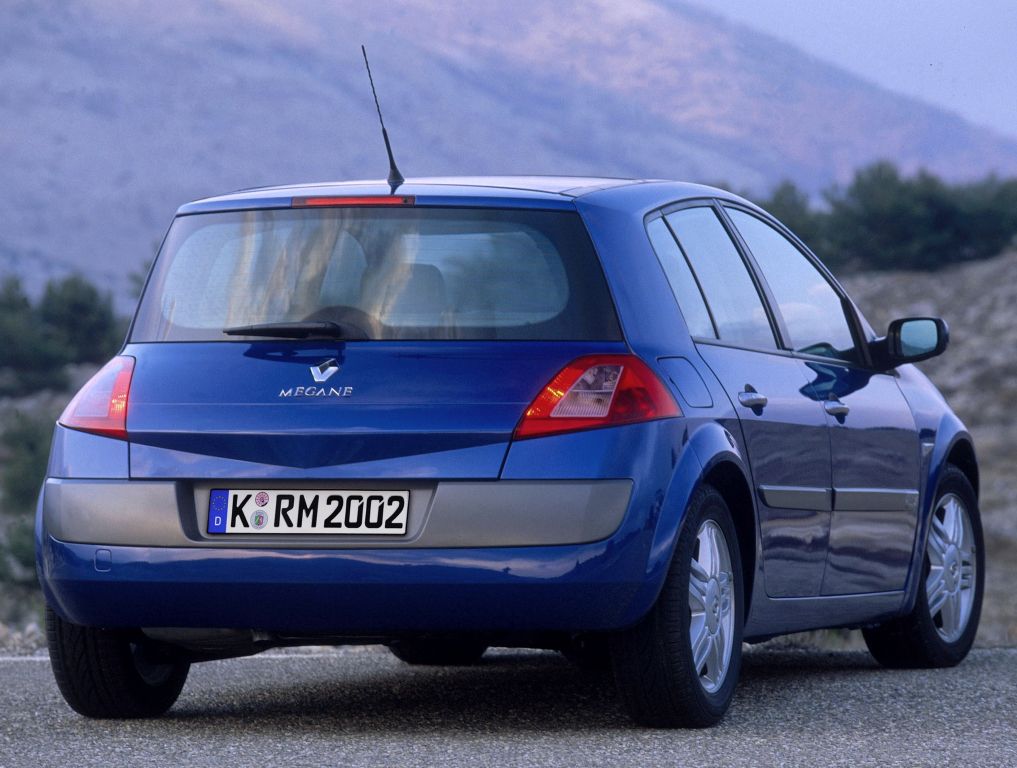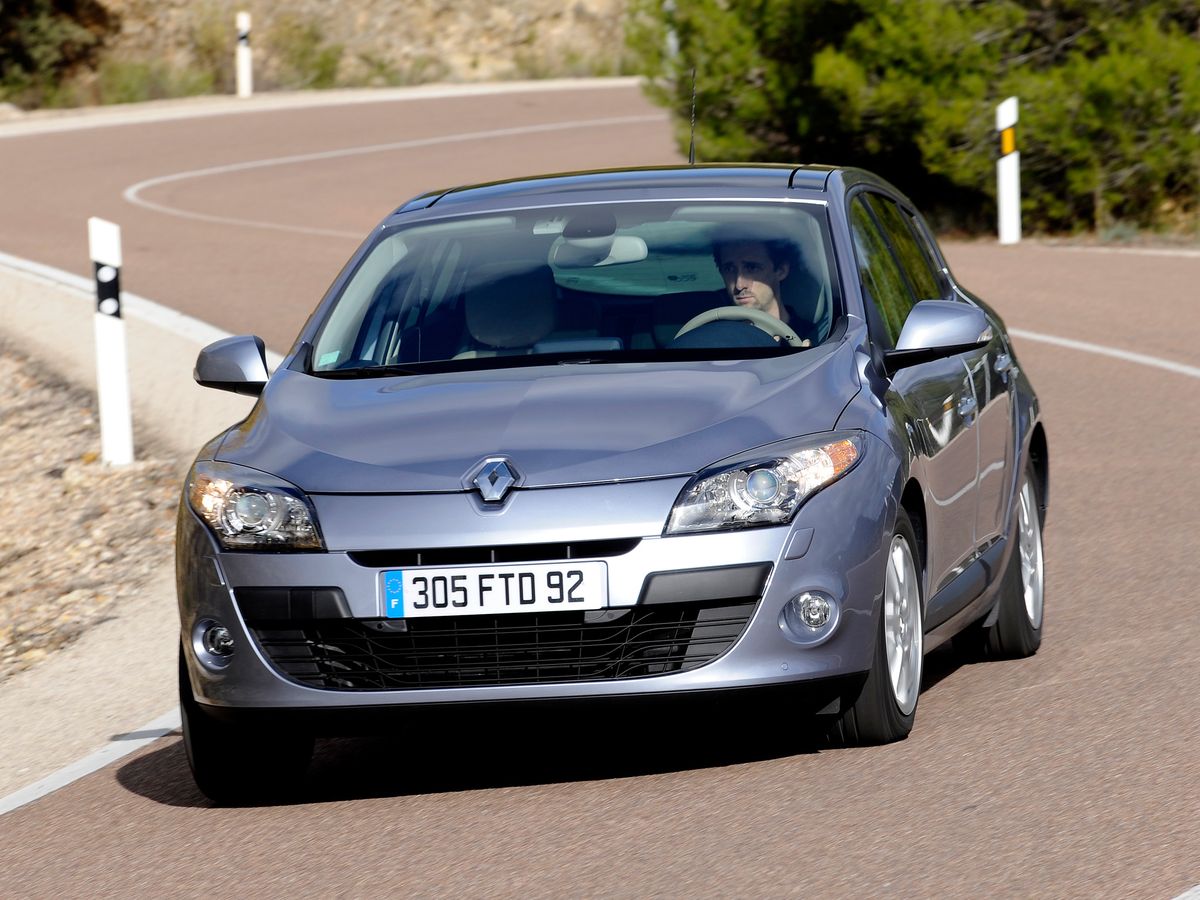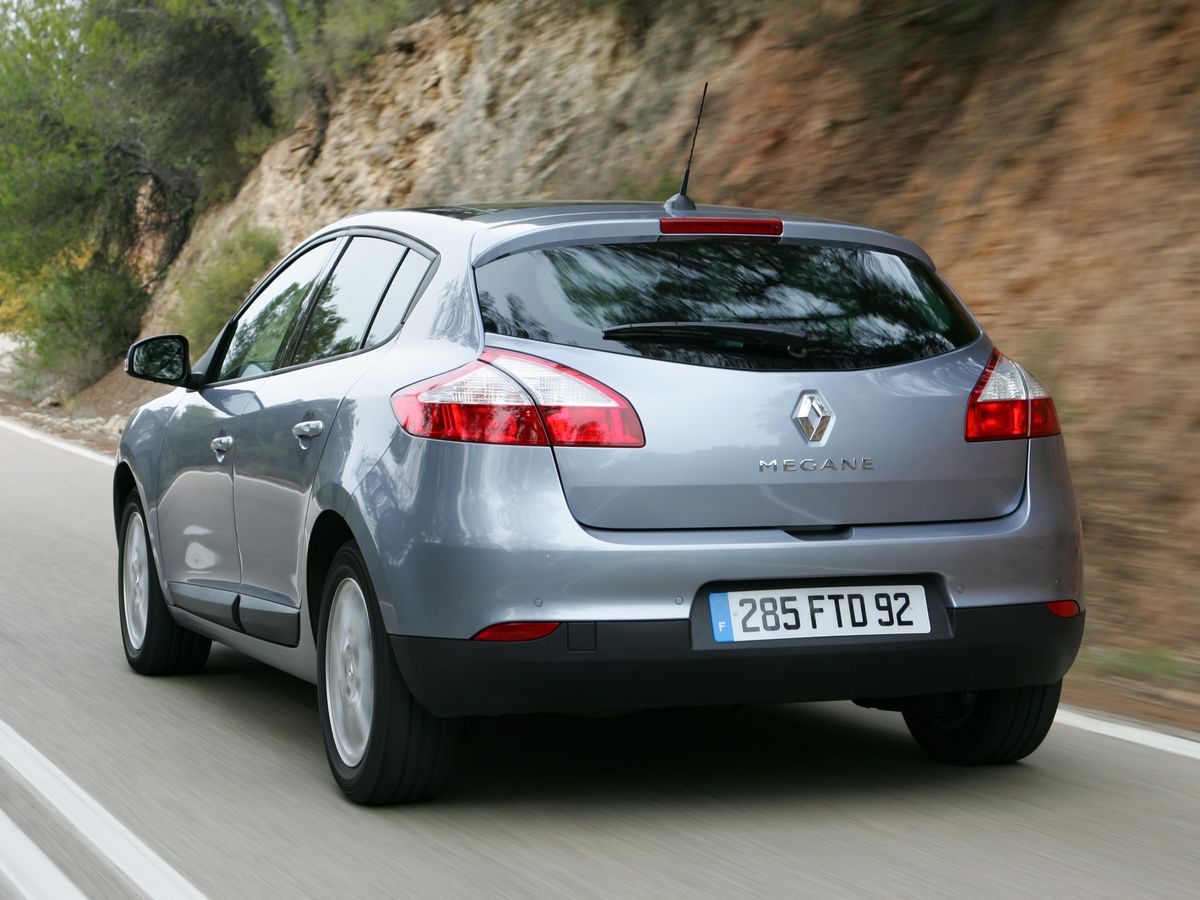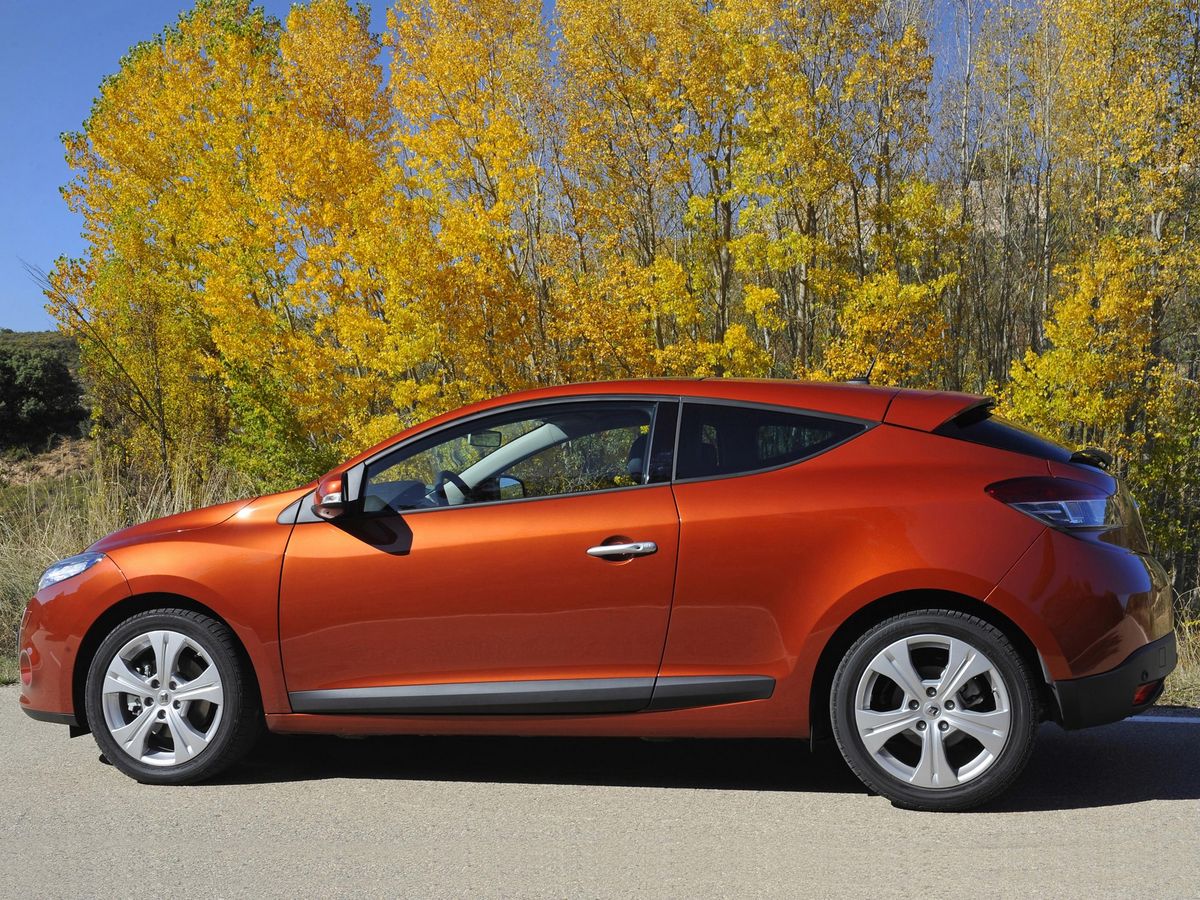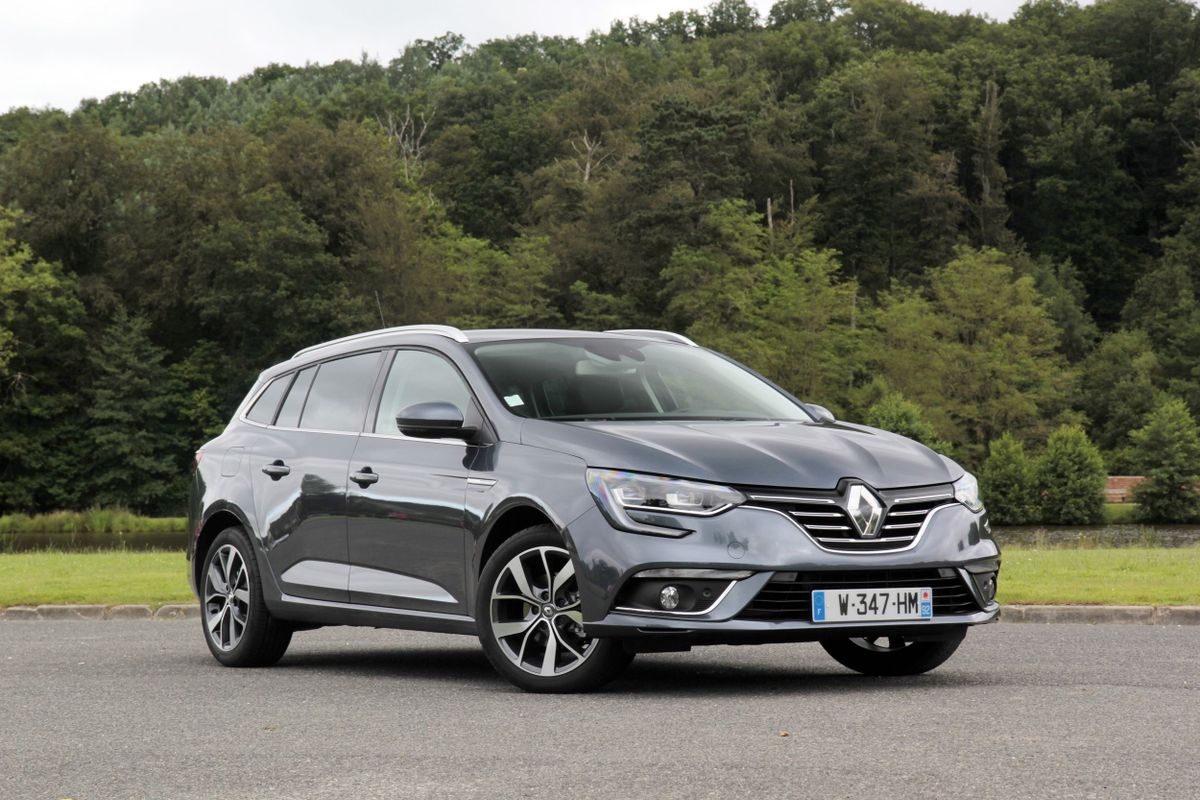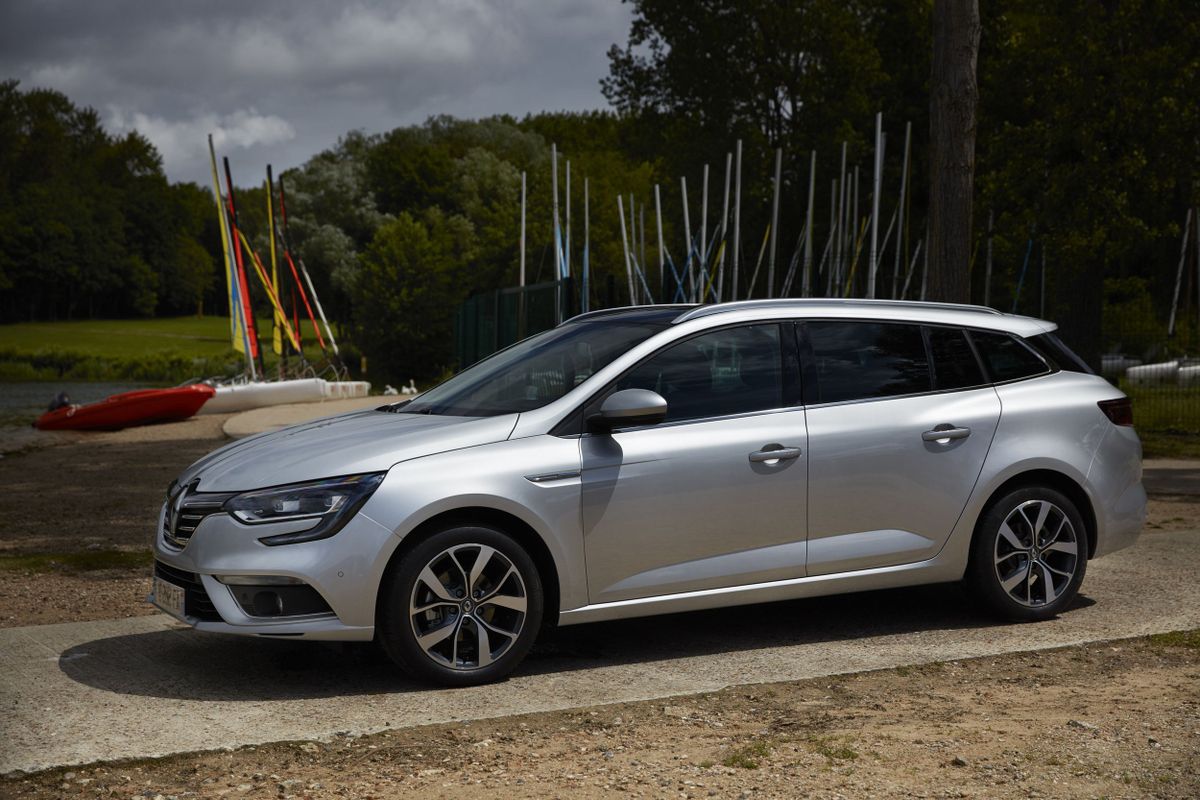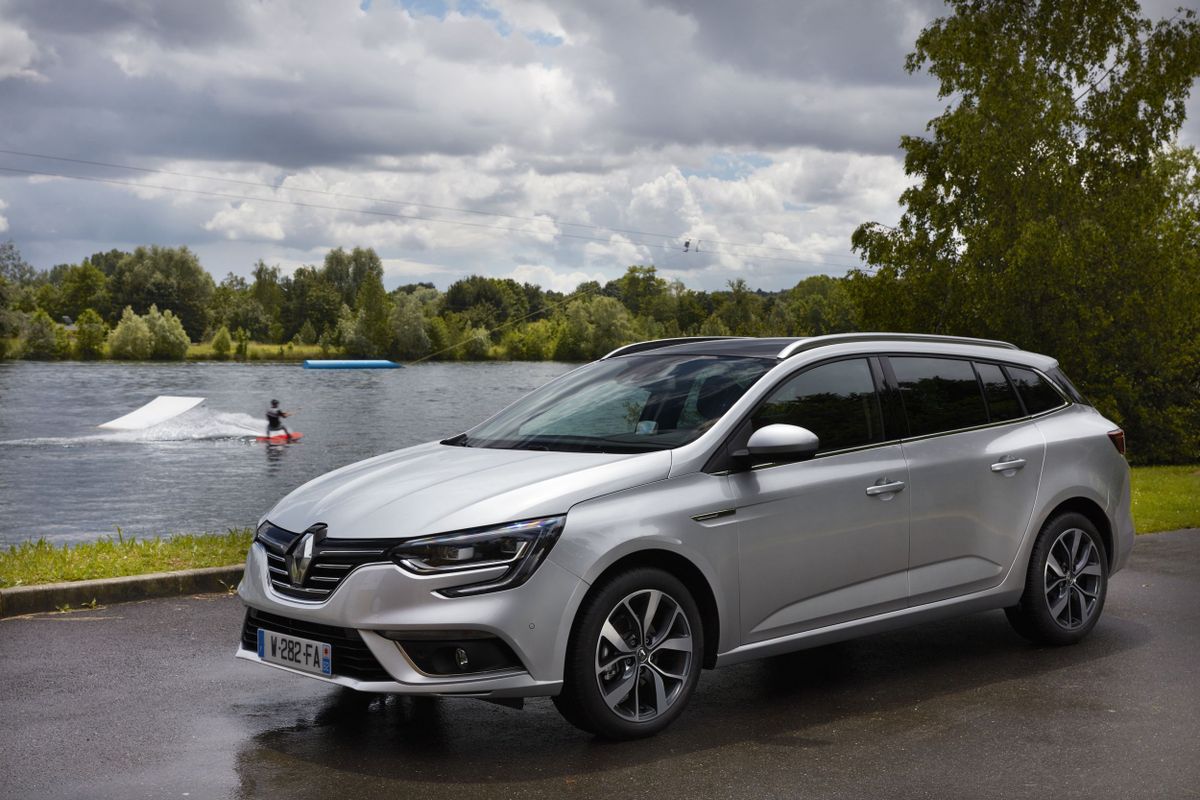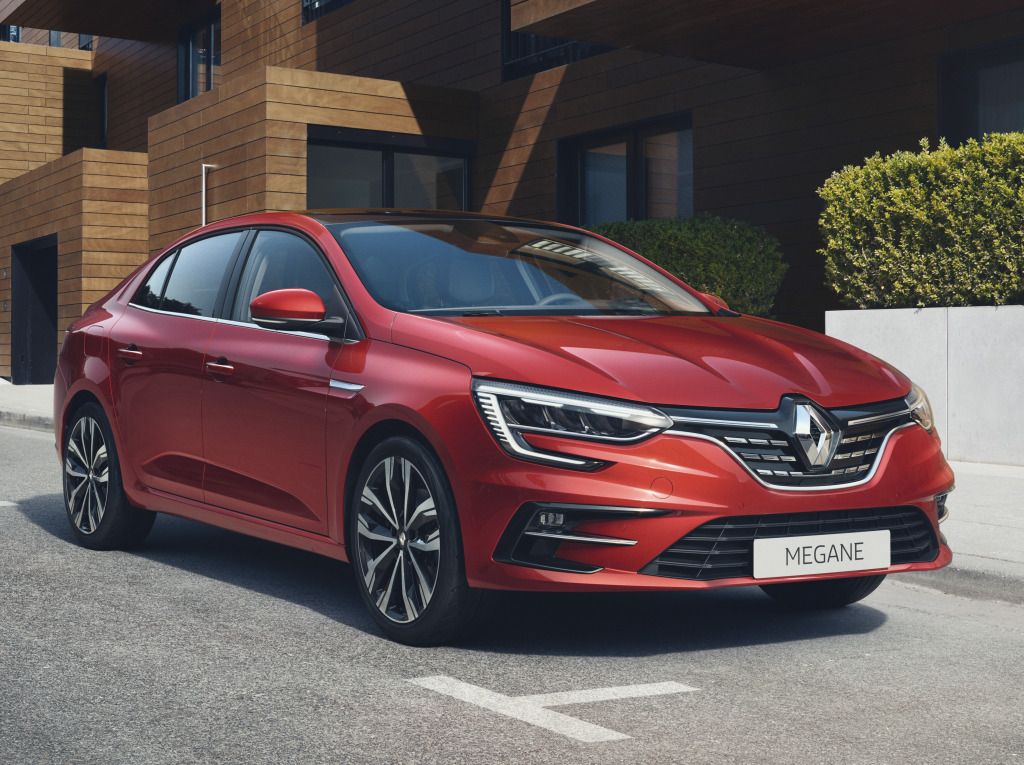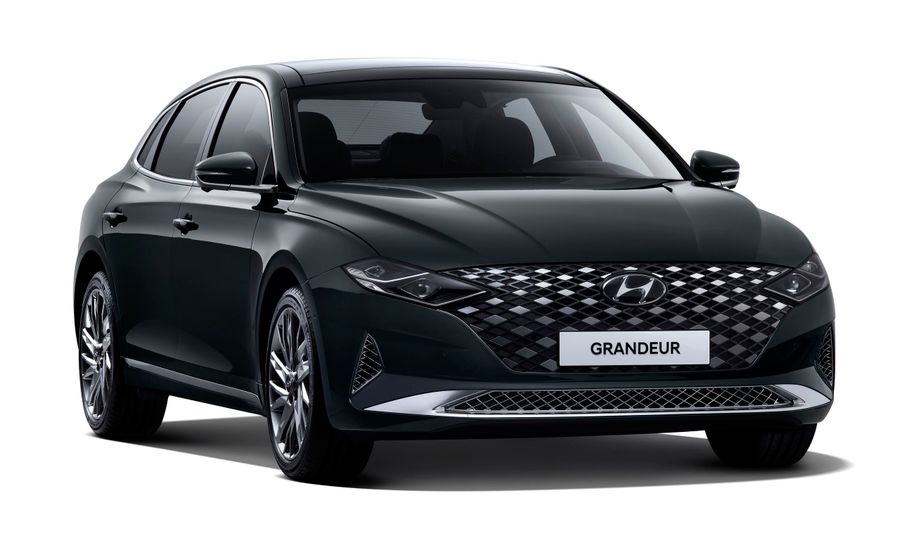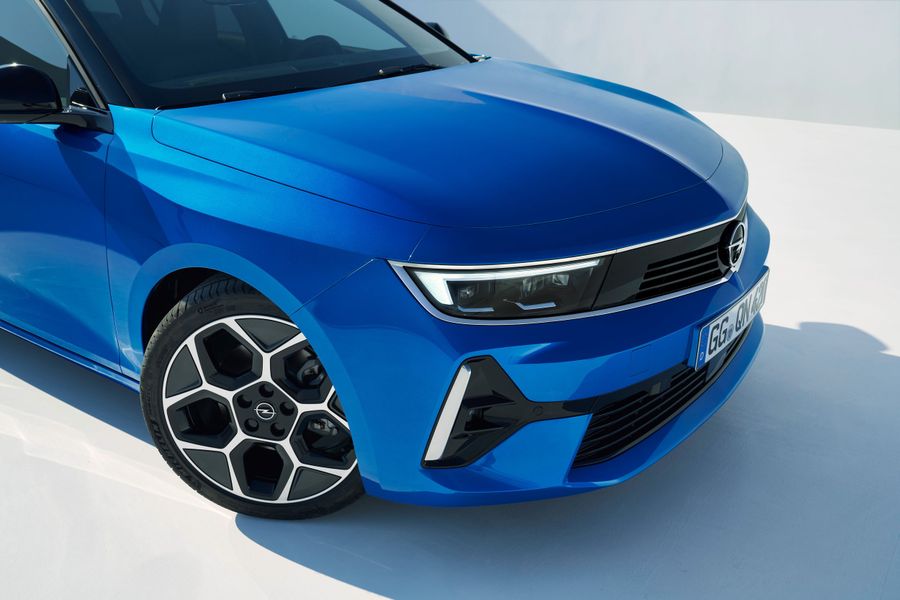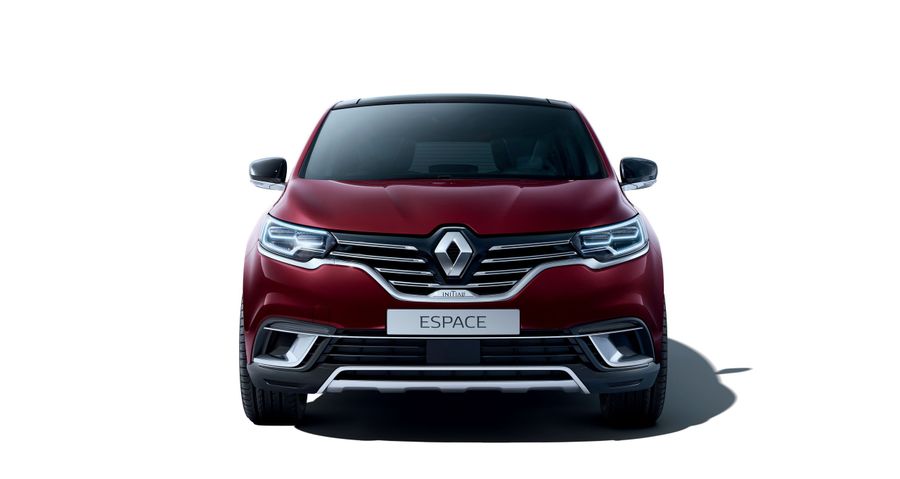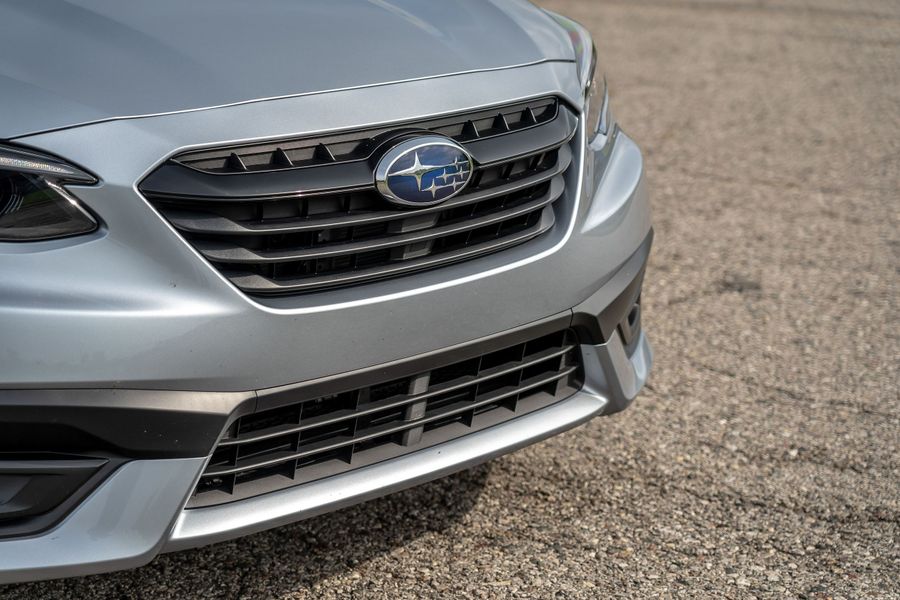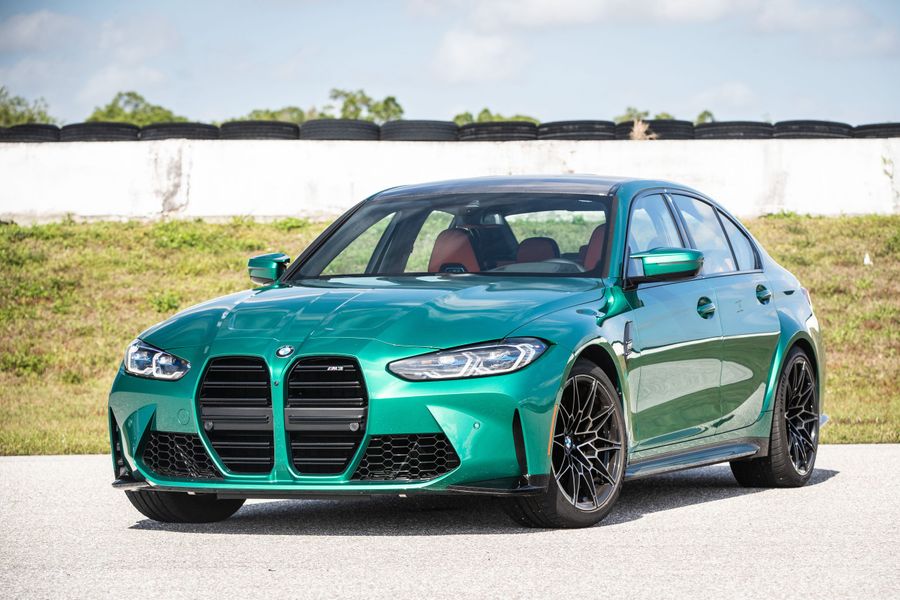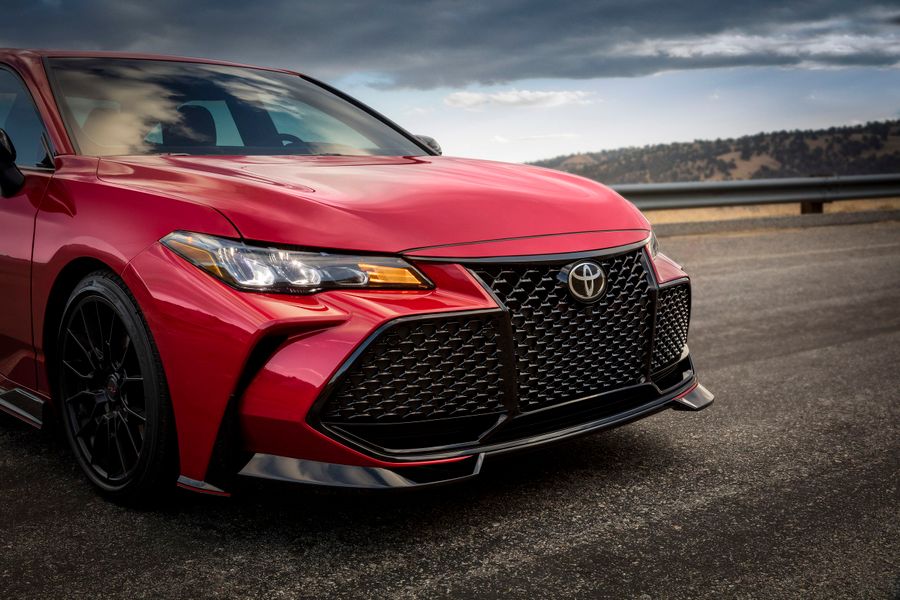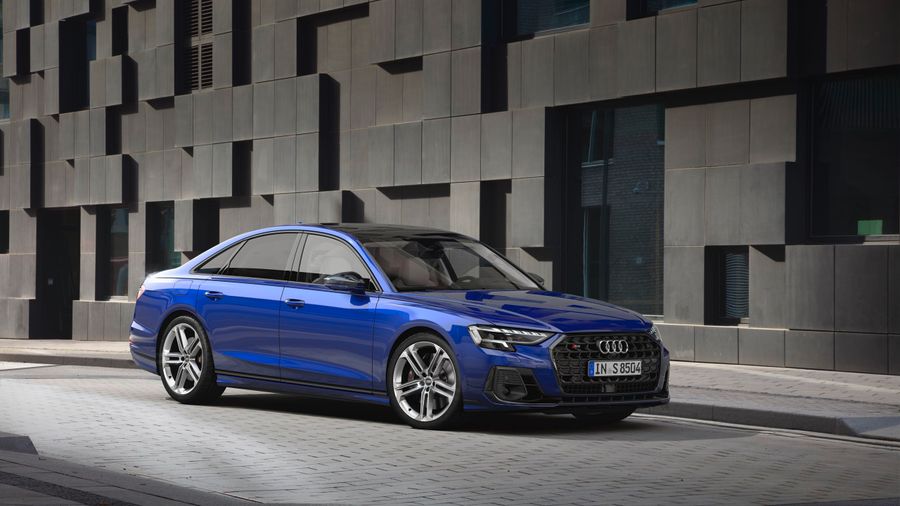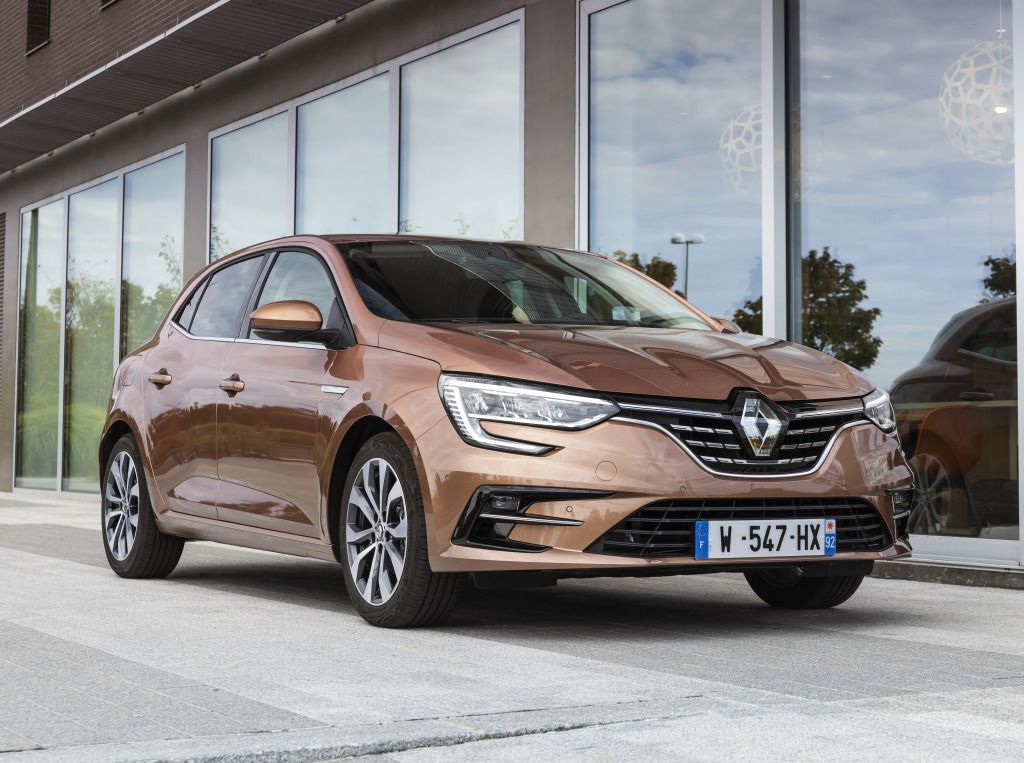
Many-faced Megane
The Renault Megane is a small C-class family car, which has been produced by Renault (France) since 1995. It is available in five-door hatchback, sedan and estate bodies. At the moment, there is the fourth generation of the car, restyled in 2020 (as of 2021). In Israel, the Megane is sold as an estate called the Grand Tour. There is also the Megane Grand Coupe sedan.
The car is interesting at least because it was produced in a variety of bodies. The list of available versions includes: sedans, 3-door and 5-door hatchbacks and estates, which is not common for all the models. Moreover, the manufacturer also offers coupe-convertible and powerful sport versions of the Renault Megane.
The first generation
It was produced from 1995 to 2003, and was restyled in 1999. The car was first shown in September 1995 at the Frankfurt Motor Show, replacing the Renault 19 and becoming its upgraded version. The first Megane was designed in accordance with Renault’s new corporate style by the company’s new chief designer, Patrick Le Quément. One of the original touches was the ‘bird-beak’ front grille.
After the facelift in 1999, the car acquired an upgraded radiator grille, improved safety and equipment. New 16-valve engines appeared, including 1.4, 1.6 and 2 liter petrol engines, as well as a 1.9 liter turbo diesel engine.
The second generation
It was produced from 2002 to 2009, while its restyling took place in 2006. The second Megane was built on the new Nissan C platform and featured an extravagant design with sharp, chopped lines. By the summer of 2003, a total of about 200 thousand Megane hatchbacks had already been sold. In 2003, the sedan and estate versions were presented at the Barcelona Motor Show. Plus, there was the Renault Megane CC 2-door 4-seater convertible. In the same year, the Megane was named European Car of the Year. The car could be equipped with new 1.4, 1.6 or 2 liter petrol engines with a volume and two 1.5 or 1.9 liter diesel engines.
The third generation
It was produced from 2008 to 2015, and was restyled twice: in 2012 and 2014. The third Megane was first presented in a 3- and 5-door hatchback version, as well as a 3-door coupe. The car was designed in compliance with the new corporate style of the company. The automatic transmission was replaced by a continuously variable transmission. In 2009, the manufacturer introduced an estate under the name Sport Tourer, and a coupe-convertible appeared in 2010. The sedan stood out as a separate model and was named Renault Fluence. In order to somehow differ from the Megane, its design and range of engines were slightly changed.
The estate was equipped with the following engines: 1.4, 1.6 and 2 liter petrol engines and 1.5, 1.9 and 2 liter diesel engines. A very convenient feature was the tailgate glass, which opened separately. In 2012 and 2014, the car underwent restyling, which improved the exterior.
The fourth generation
It has been produced from 2015 to the present, and was restyled in 2020 (as of 2021). The new Renault Megane uses the CMF-CD platform shared with the Nissan Pulsar, Renault Kadjar, Scenic and Koleos. The Megane estate is 4,626 mm long, 1,814 mm wide and 1,449 mm high. With a wheelbase of 2,712 mm, the turning radius is about 5.7 meters. The trunk volume is 521 liters. With the rear seats folded down, the trunk will increase to 1,504 liters.
Since Israeli buyers prefer the Megane estate to all other versions, let’s take a closer look at this particular car. The manufacturer characterizes the exterior with such epithets as “elegant forms” and “energetic style”. Along with the standard modifications, there is a GT version with 165 hp turbo engines (1.6 dCi diesel engine) and 205 hp (1.6 TCe petrol engine) engines. The Israeli market offers the standard modification with a 1.5-liter 116-hp turbo diesel engine and an EDC semi-automatic transmission.
In simple modifications, the 2015/2016 Renault Megane estate is equipped with petrol engines with 100 and 132 hp, as well as diesel engines with 90, 110 and 130 hp. The 1.2 TCe 130 (petrol) and 1.6 dCi 130 (diesel) models are good for family use and on long trips, as they can accelerate to 198 km/h, with the acceleration from 0 to 100 km/h in about 10-11 seconds. The 1.5 dCi models are suitable for commercial use: their fuel consumption is approximately 3.8 l/100 km. Depending on the engine, the car is equipped with a 5-speed manual transmission, a 6-speed manual transmission, a 6-speed automatic transmission, a 7-speed double clutch semi-automatic transmission.
The new Renault Megane estate has elegant shapes and an energetic style. It is good for both family use and long distance travel as well as for business.
The Megane Life is equipped with fog lights, 16-inch steel rims with hubcaps, manual air conditioning, a radio with a small display and a Bluetooth system as standard. More expensive options include alloy wheels, automatic 2-zone air conditioning, customizable dashboard color display, electrically folding mirrors. The R-LINK 2 multimedia system is equipped with a 7”or 8.7’ tablet touch screen that replaces most of the keys.
The Intense trim level includes 17-inch or 18-inch aluminum wheels, LED headlights, and a driving mode selection system. The full-featured equipment is complemented by a better interior, wide sunroof, Focal Music Premium 8.1 acoustics. The GT-Line and GT models stand out for their exterior trim, specially designed wheels, and numerous sporty elements in the passenger compartment. The list of standard safety devices looks quite extensive and includes ESP (Electronic Stability Program) with ASR (Automatic Slip Regulation), ABS with Emergency Braking Assist, Start Assist, rain and light sensors, Isofix mounts, up to six airbags. The list of options includes cruise control and speed limiter, adaptive cruise control, traffic sign recognition, automatic high beam control, and much more.
The Renault Megane estate is equipped with an independent suspension of all wheels: the MacPherson strut at the front and a multi-link suspension at the rear. The Megane has electric power steering, disc brakes (including front ventilated ones) and an electronic parking brake.
2020 restyling
One of the most noticeable differences between the 2020 restyled Renault Megane is the all-LED optics, which even the basic models now have. The car can boast of the slightly changed bumpers and radiator grille, additional chrome plating in expensive trim levels, and improved design of the wheels. The interior now features a new virtual instrument cluster on a 10.2-inch screen, which complements the vertical 9.3-inch screen of the new media system. Plus, there is an upgraded climate control unit. Moreover, for a surcharge, you can order a frameless rear-view mirror, new upholstery options and an electric driver’s seat.
The traditional range of the 2020/2021 Renault Megane’s engines consists of a 1.5 turbo diesel engine with 95 or 115 hp, as well as 1.0 TCe (120 hp) and 1.3 TCe (100, 115, 140 or 160 hp depending on the degree of boost) turbo petrol engines. Most versions work exclusively with the manual transmission, and only the most powerful petrol (160 hp) and diesel (115 hp) engines are equipped with a 7-speed semi-automatic transmission as standard, although it can be optionally installed on the 140-hp modification for an extra fee.


